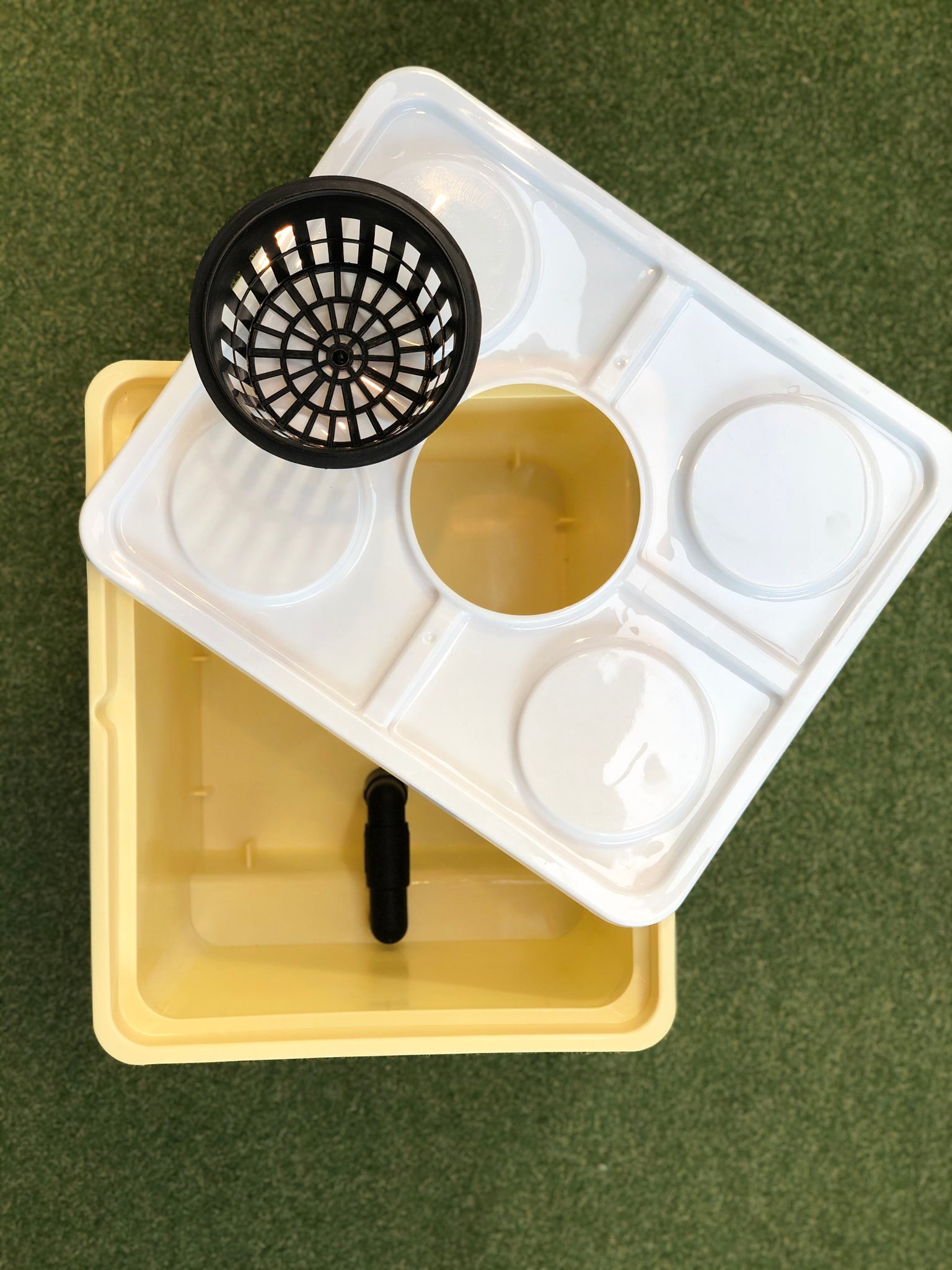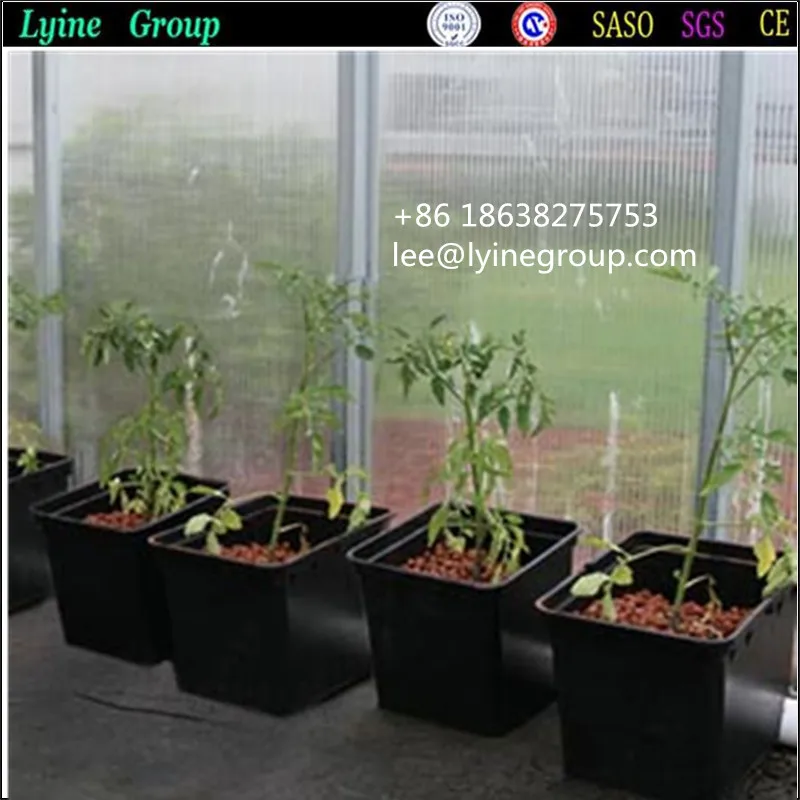

This drainage line brings the excess from each bucket right back to the reservoir where it all started. Your plant happily drinks up what it can, and the excess drains out into a shared drainage line. Water drips from the drip emitter into the growing media in each bucket. As the water flows down the line, it drips out of a drip emitter above each bucket.Ī system like this could have two buckets or hundreds of them. Here, you mix enough water and hydroponic nutrients to feed every bucket in your system.Ī pump in the reservoir sends water up to an irrigation line. The system begins with a dedicated reservoir. Setup is straightforward and doesn’t require a large upfront investment to get started.ĭutch bucket hydroponics is all about circulation, drainage, and timing. How Does a Dutch Bucket Hydroponic System Work?Ī Dutch bucket system is one of the simplest scalable and commercially viable hydroponic methods. This makes vining plants ideal because their leaders can be guided upwards and trellised, allowing for excellent potential yields. The containers in a Dutch bucket system are connected horizontally, leaving plenty of room for upward growth. Home growers and commercial farmers alike turn to the Dutch bucket to grow tall and vining fruits and veggies like tomatoes, cucumbers, eggplants, peppers, squashes, and beans, which require a high amount of nutrients.

That latter is the Dutch bucket’s area of expertise. You can grow leafy greens, herbs, roots, and even large, vining plants.

Where a hydroponic system like the Kratky method struggles to keep large and heavy-feeding plants healthy, a Dutch bucket has no such limitation. There is very little restricting you with this setup. When it comes down to it, you can grow anything in a Dutch bucket. This is an incredibly water- and nutrient-efficient method, ideal for growing heavy-feeding and vining plants like tomatoes, peppers, and eggplants.
#Bato buckets dutch pots how to
I’d like to show you exactly what a Dutch bucket hydroponic system is, what it looks like, and how to build one yourself.Ī Dutch bucket, or Bato bucket, is a hydroponic system in which two or more growing containers are connected to the same irrigation and drainage lines. They are easy to build, scalable, and great for growing many kinds of fruits and vegetables. A minimum greenhouse footprint of approximately 12 feet by 20 feet will be needed to access all sides of the plants.Dutch buckets are a favorite tool of many hydroponic growers.This system will provide you with fresh veggies for years to come! The Bato Bucket is formed with a small reservoir to avoid drowning or starving your plants, and are made from high quality UV resistant plastic. Suitable for tomatoes, cucumbers, peppers, squash, and many other fast growing fruiting and flowering plants. The 10 Bucket Bato System is great for growing vine crops and other tall growing plants.Specifications 10 BT Bucket Growing Systems.10 BT Bucket Growing Systems 24 BT Bucket Growing Systems.Feed plumbing for the Bato Bucket System includes 0.5" poly pipe feed line reduced to 5/3 mm feed tube using 0.5 gpm emitters, and finally barbed stakes connected to the 5/3 mm feed tube anchor the feed line to the growing media. The plants are fertilized using the Nutrient Injection System, which pulls a concentrated nutrient solution from fertilizer tanks at predetermined ratios and then injects the nutrient solution through the feed plumbing lines on intervals ranging from 3 minutes ON every 20 minutes to 1 minute ON every 30 minutes, depending on the season and maturity of the crop. The Dutch buckets are typically filled with perlite growing media, and crops are transplanted into the buckets after maturing for 2-4 weeks in a primary growing media, such as a 1.5" rockwool cube. The Bato bucket is sold with a two-piece elbow which connects the base of the bucket to the drainline through this channel excess nutrient solution can drain off while preventing root growth from clogging the drain line. The buckets are injection molded with a UV stabilized polyethylene material resulting in a highly durable product with smooth edges and surfaces. Typically the buckets are staggered on 16"-centers along a center 2.5" PVC drainline, though the versatility of the buckets allows for modified configurations. The system includes 2.9 gallon (11 liter) Bato buckets which measure 12"- long, 10"-wide, and 9"-high. Dutch Bucket System is optimized for large, vining crops, such as tomatoes, cucumbers, eggplants, and peppers.


 0 kommentar(er)
0 kommentar(er)
